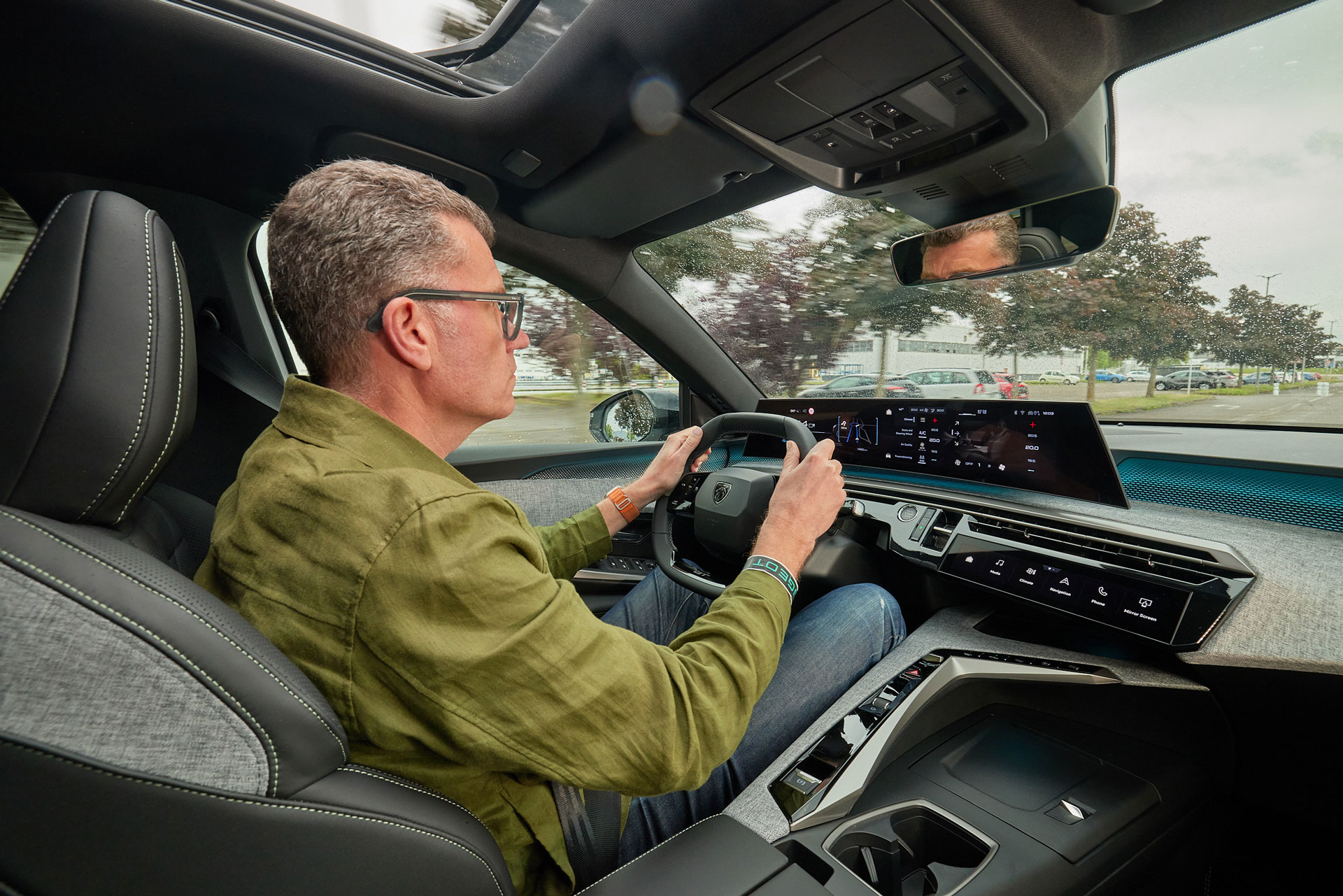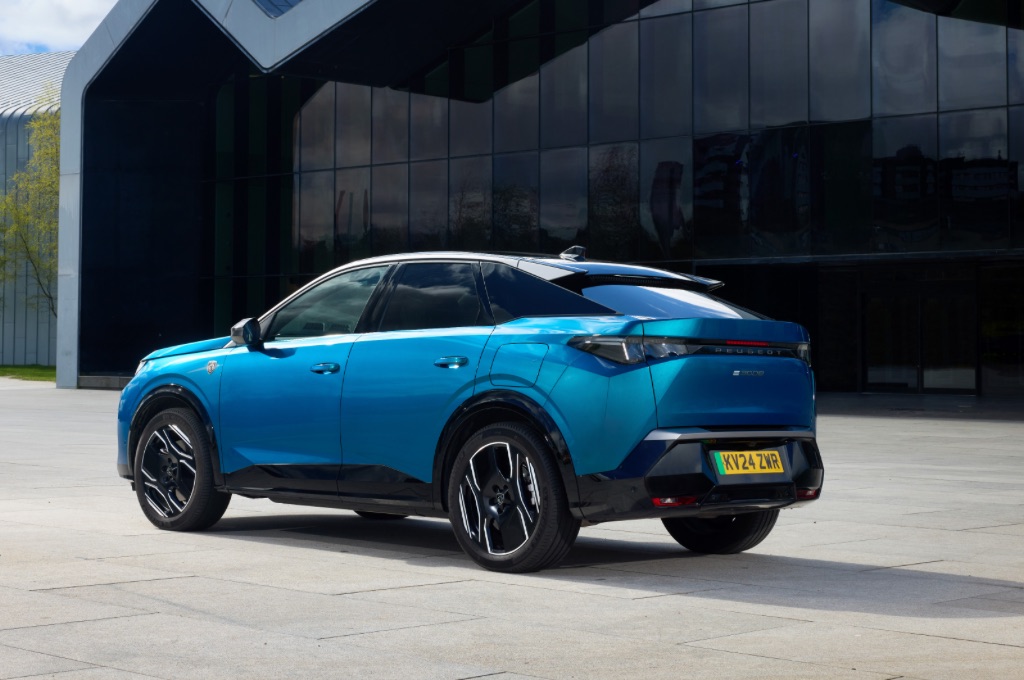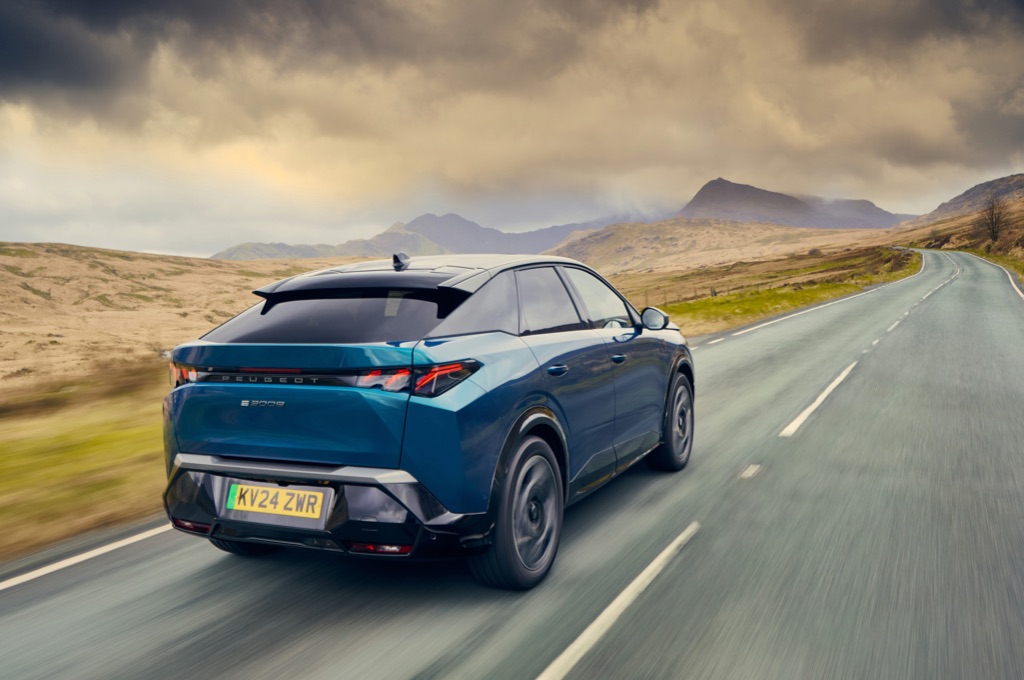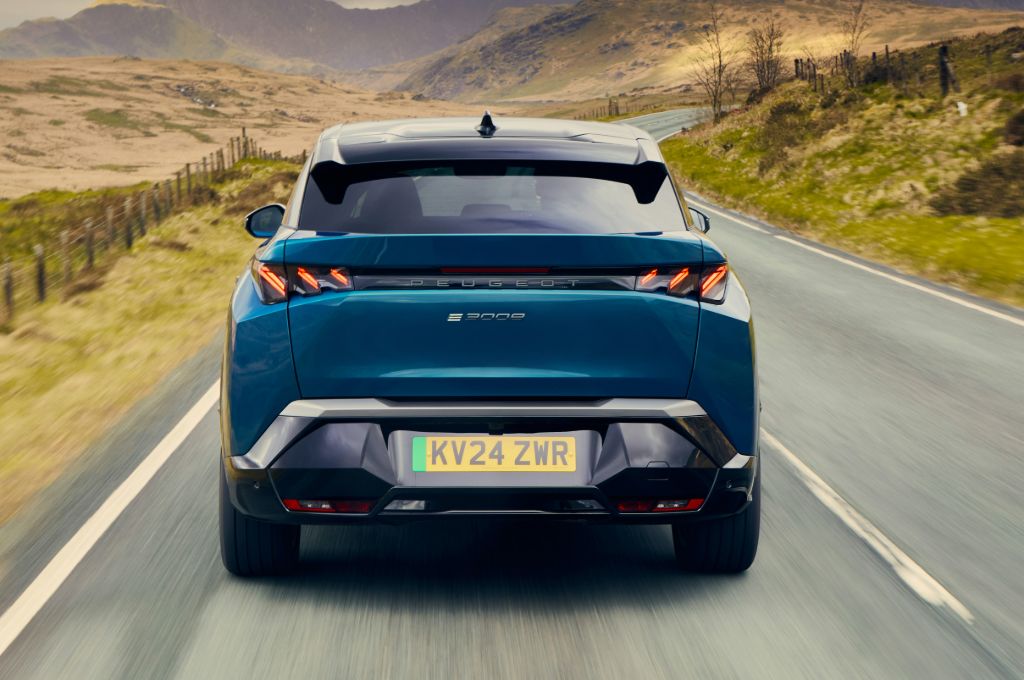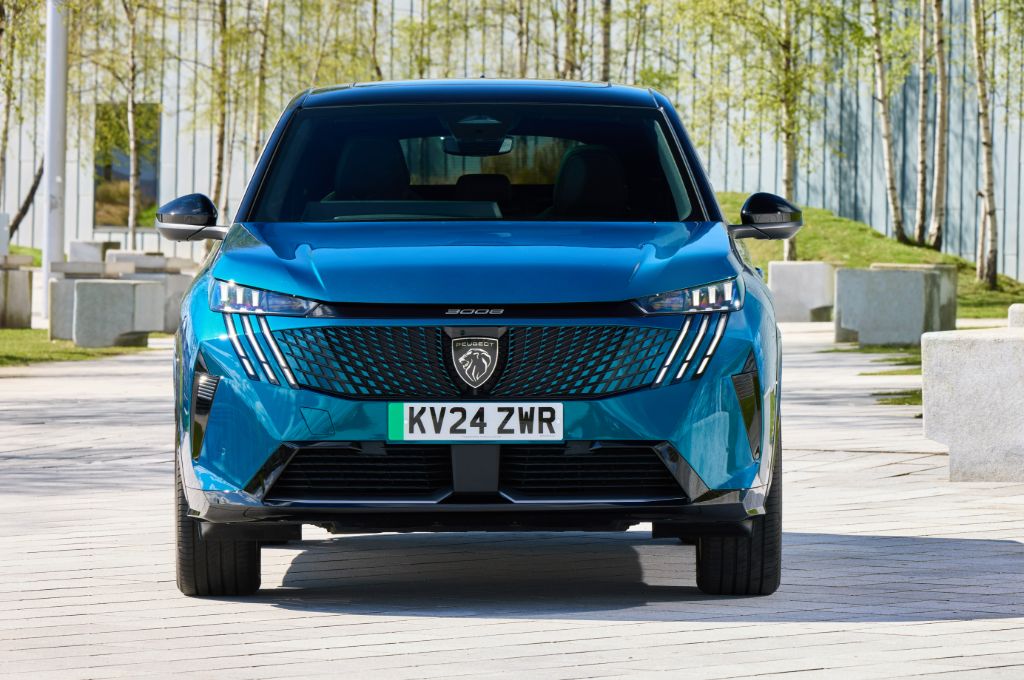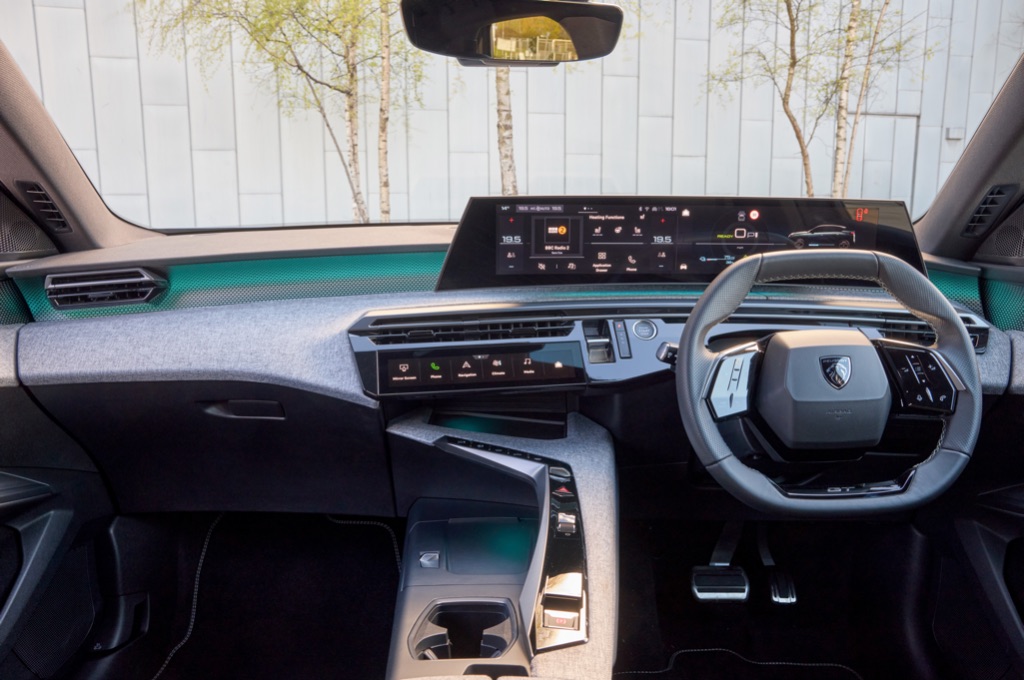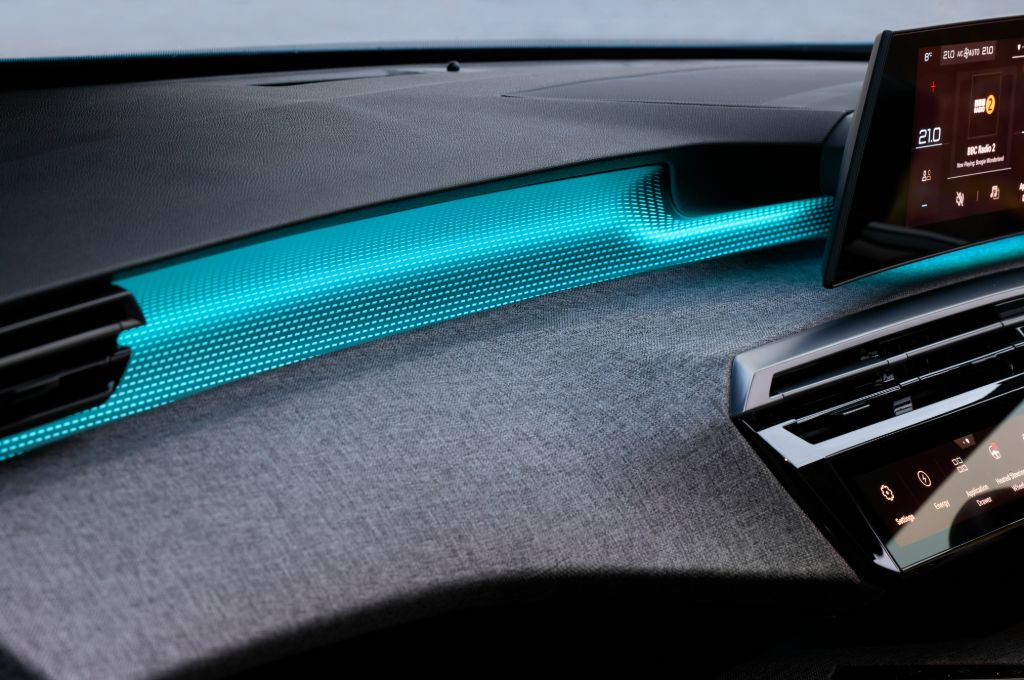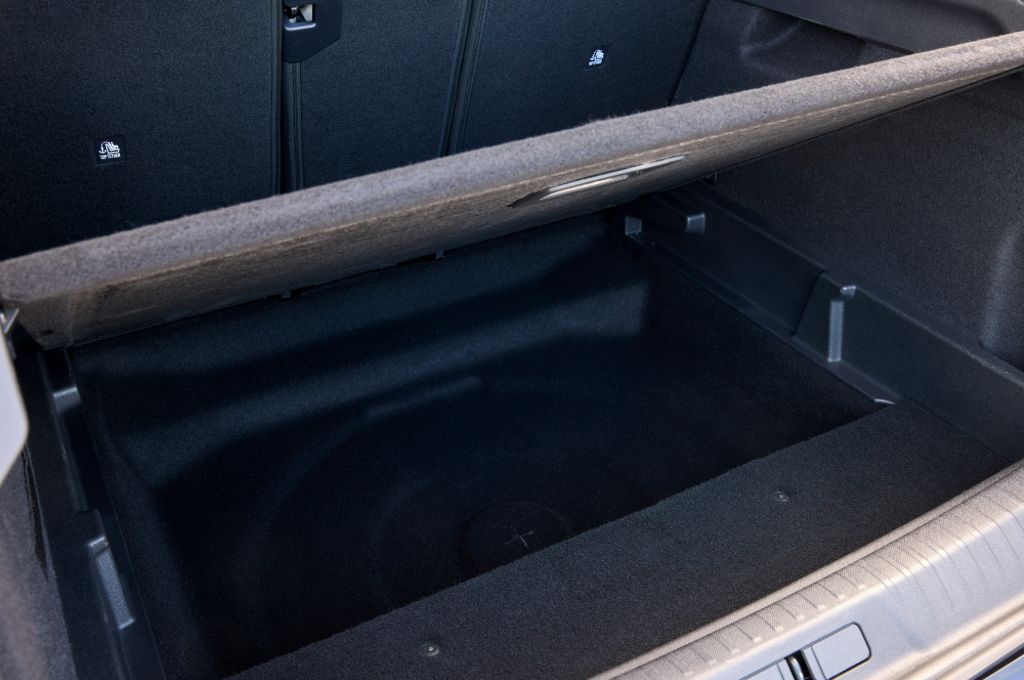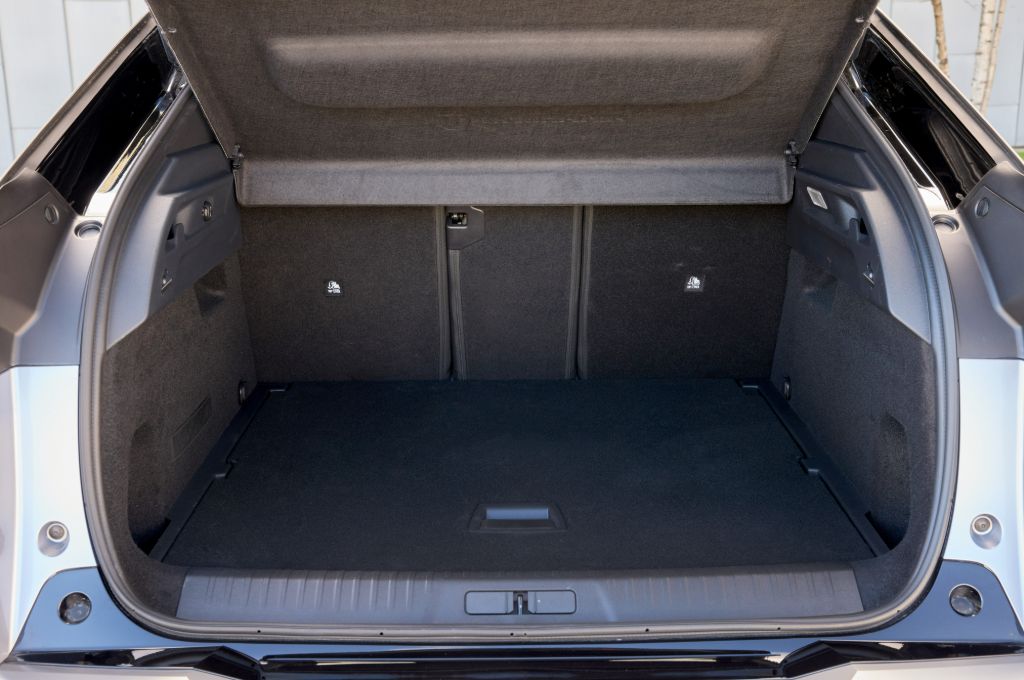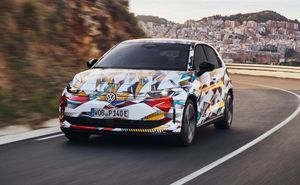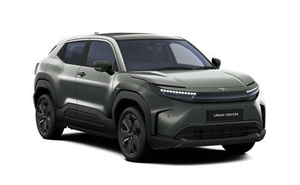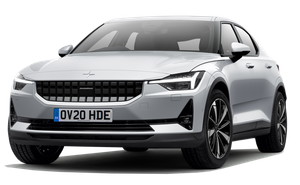Range
Before the e3008 arrived, the furthest you could officially travel in a Peugeot was around 260 miles or around 200-220 in the real world. So the two batteries in the E-3008 really do move the game on. Disappointingly, though, Peugeot will charge you £700 for a heat pump – a feature that will help extend the car’s range in the winter months – while rivals such as the Renault Scenic have this for free. Worse than that is the real-world range is pretty poor. Over winter use, we're only getting around 180- to 200 miles in cold weather motorway use from the 73kWh model, and it's not a whole lot better than that in summer. You might get 250-ish miles in warmer weather and very moderate driving, but that's disappointing given the claimed range of 326 miles. It's extra annoying that the 3008 routinely states a very optimistic range on the readout, which it then can't get close to in practice even when you're driving sedately and making full use of the Eco mode.
In the real world, you'll go further in a big battery Kia EV3, Renault Scenic or Tesla Model Y - no doubt about that.
Battery
The entry-level Peugeot E-3008 gets a 73kWh useable battery that can be paired with a 213bhp or 231bhp in the standard and long-range models respectively. Opt for the recently-added, range-topping GT version and you'll have 325bhp under your right foot thanks to the combination of a 213bhp motor up front (from the standard range car) and a 112bhp motor on the rear axle. Peugeot quotes a WLTP range figure of 303 miles for the GT, which is 13 miles shy of the two-wheel drive version and more than 130 miles less than the long range model offers.
The bigger battery option has a vast capacity for a car this size, at 98kWh useable, giving 435 miles WLTP (or 425 miles if you go for the top-spec GT model on its bigger wheels).
Charging
On a rapid DC charger both batteries can take on board a peak of 160kW charging power. That means half an hour 20-80 percent for the smaller battery. The bigger one can sustain peak power for longer so it takes 27 minutes to do the same 20-80 charge, which of course amounts to more total energy.
A standard 11kW three-phase on-board charger means that to go flat-to-full it's just over six-and-a-half hours on a three-phase public point, compared with 10 hours on a 7.4kW home wallbox.
In contrast to the E-308 hatchback, the E-3008’s charging port is located kerb-side. The E-3008 can also support V2L (vehicle-to-load) with a power output of 3.6kW. That means that you can charge your other electric devices from the car's high voltage battery, whether that's boiling the kettle on a camping trip, or plugging in your strimmer down at the allotment.












